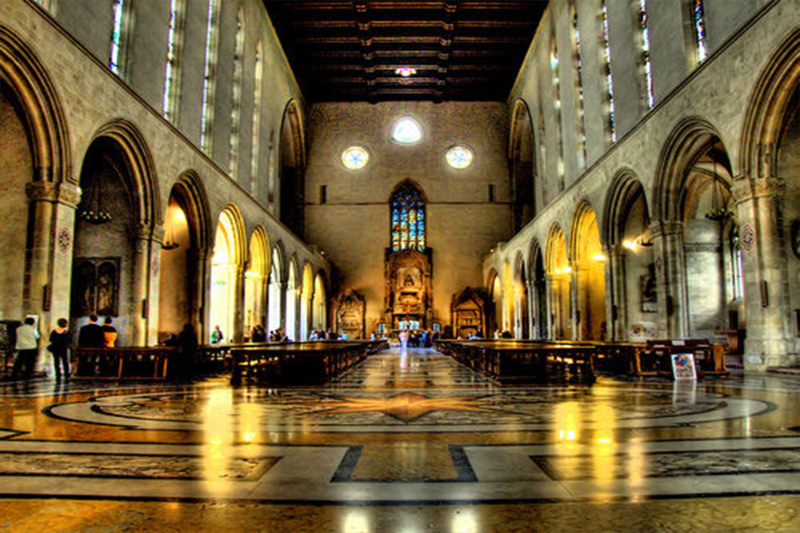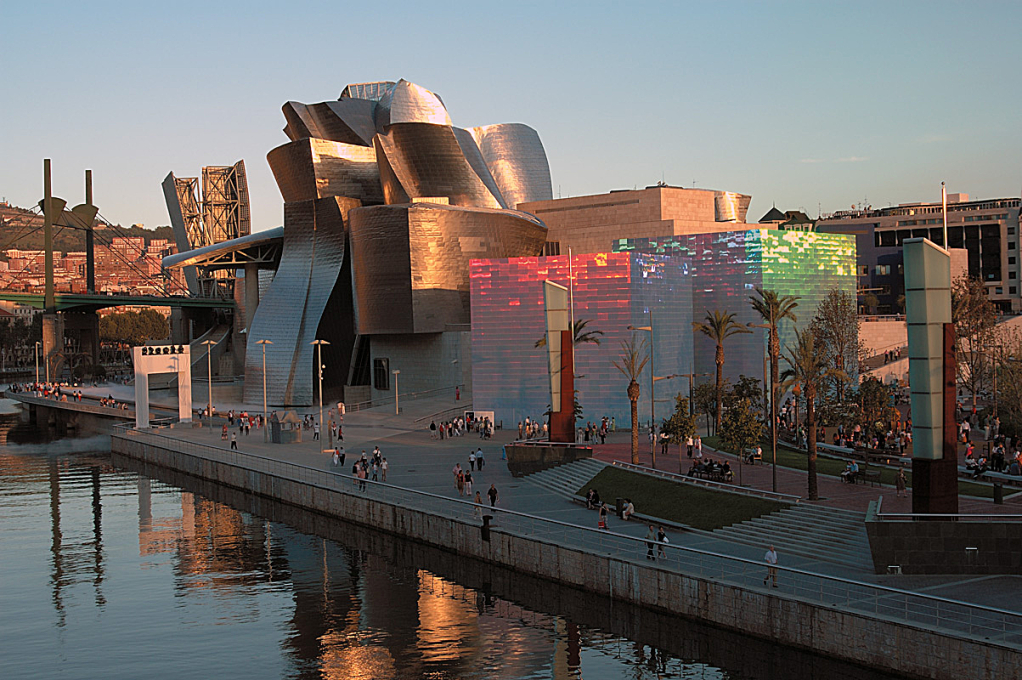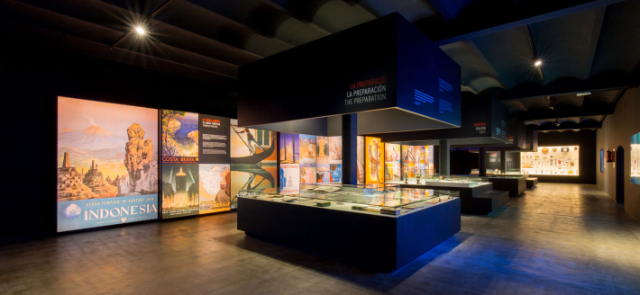<p>Proceeding to the left of the Acropolis we reached the Erectorum, so called because it was raised in honor of Erectorus, a legendary King of Athens. Inside this temple were kept the most sacred relics of the city: the primitive wooden statue of Athena that was believed to have fallen from the sky and in front of which a large golden lamp adorned with acanthus leaves, a folding seat that was supposedly the work of Daedalus (the mythical builder of the "Labyrinth" of Crete, where the Minotaur was locked up), the olive tree donated by Athena, the traces of the trident’s blow with which the god Poseidon had made a spring of water and some trophies of the Persian wars. The Erector, the work of the architect Filócle, is one of the most graceful and elegant creations of ancient Greek architecture.</p>
<p>A characteristic feature is the so-called "<strong>Loggia delle Cariàtidi</strong>" which juts out on the southern side of the temple: the portico of the loggia is supported by six statues instead of columns and, since these statues represent some women carrying baskets taken prisoner in the city of Caria, in the Peloponnese, they were called "Cariàtidi". Since then, all the statues used as supports instead of columns or pillars are called "caryatids".</p>













